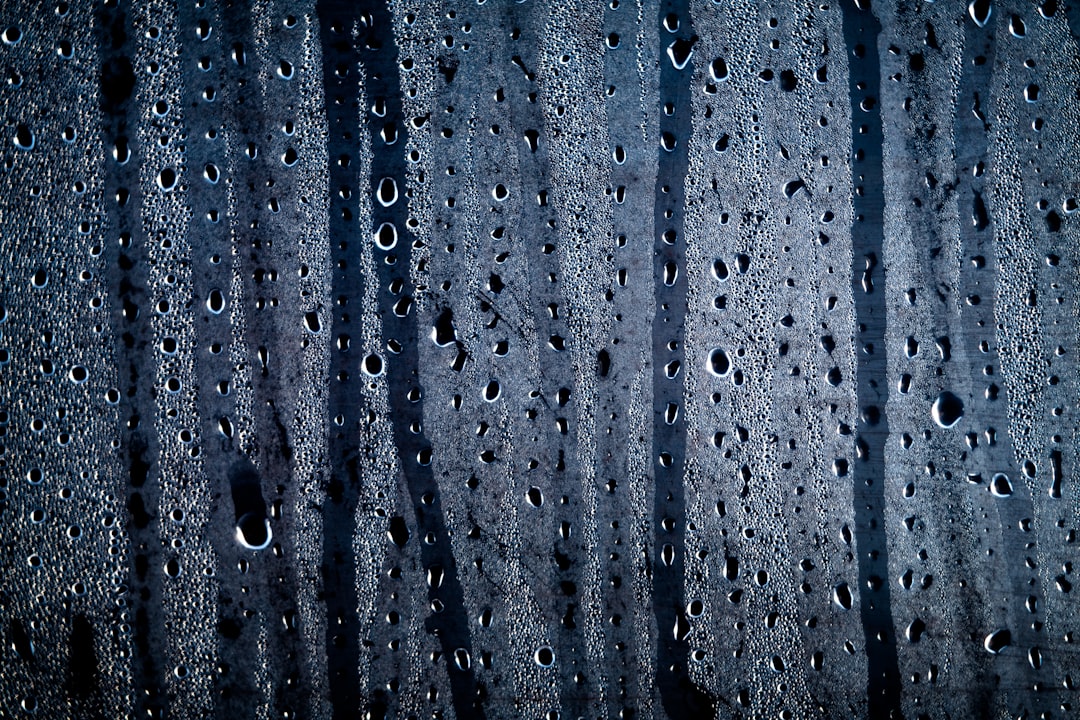What is it about?
The aim of this work is to provide a basic understanding of and a strategy on how to investigate the electron dynamics in capacitively coupled radio frequency discharges at low pressures. The interplay between elementary quantities (densities, fluxes, electric fields and temperatures) is studied and the results (obtained by 1d3v Particle-In-Cell simulations) are illustrated by representative figures and educational animations. Fundamental questions are addressed and state-of-the-art diagnostic methods are used to answer these questions following a step-by-step approach.
Featured Image

Photo by Hal Gatewood on Unsplash
Why is it important?
Such fundamental insights are essential in order to understand and optimize industrial applications such as plasma etching for the semiconductor manufacturing and plasma sputtering for the coating technology.
Perspectives
Writing this article was a great pleasure as it has co-authors with whom I have had long standing collaborations. This article should provide a very fundamental understanding of how to study plasma discharges on a very fundamental and understandable level. It is important to note that animations/movies are very helpful to illustrate how physics really work.
Sebastian Wilczek
Ruhr-Universitat Bochum
Read the Original
This page is a summary of: Electron dynamics in low pressure capacitively coupled radio frequency discharges, Journal of Applied Physics, May 2020, American Institute of Physics,
DOI: 10.1063/5.0003114.
You can read the full text:
Contributors
The following have contributed to this page










